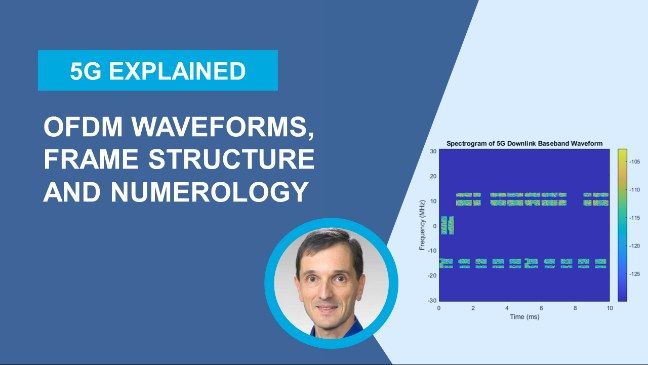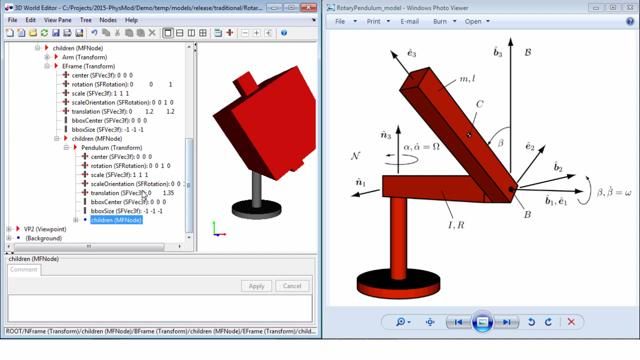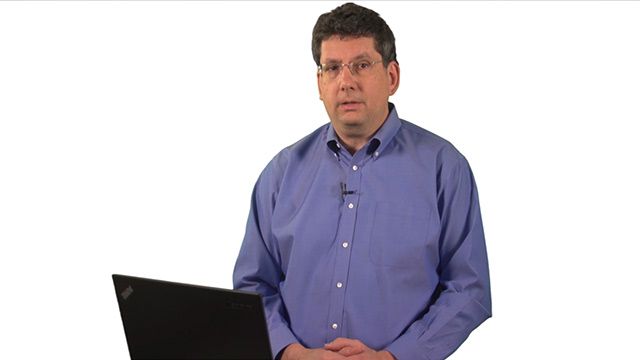What is 5G Technology and its Physical Layer (PHY) Specification
From the series: 5G Tutorial
Learn about use cases for 5G New Radio (NR), requirements associated with those use cases, some of the main differences between 5G NR and LTE, and deployment scenarios that have been envisioned by the 3GPP standardization body. You’ll also learn about frequency ranges for 5G NR: FR1 and FR2. To support new use cases, new requirements have been defined that enable fixed, mobile, wireless, and satellite access technology. These requirements include the ability to support many connected devices, a roundtrip latency of 1ms for URLLC cases, and increased bandwidth efficiency for all use cases ranging from low to high bitrates.
Published: 23 May 2019
This is the first episode of our series, "5G Explained." In this video, we go over the main goals and basic configuration of 5G New Radio Systems. We will look at use cases for 5G NR, requirements associated with those use cases, some of the main differences between 5G NR and LTE, and deployment scenarios that have been envisioned by the 3GPP standardization body. Finally, we'll touch upon carrier frequencies for 5G NR.
Let's talk about use cases first. 5G NR is not just a faster version of LTE. This use case is called enhanced mobile broadband, or eMBB, and supports higher data rates. Several other use cases have been defined-- massive machine type communications, or mMTC, where a larger number of devices are connected to one base station, and ultra-reliable and low-latency communications, or URLLC, where devices rely on very short latency to perform their task.
Possible applications include industrial automation, virtual reality, or some parts of V2X or car-to-car communications for autonomous driving. To support these use cases, new requirements have been defined, which enable fixed, mobile, wireless, and satellite access technology.
These include the ability to support a large number of connected devices, a latency of 1 millisecond for URLLC cases, increased bandwidth efficiency for all use cases, ranging from low to a high bitrate, requirements for energy efficiency, and battery powered optimization, and lastly, scalable and customizable networks. In other episodes of this 5G Explained video series, we will point out how some of the physical layer features come in support of those requirements.
While there are many commonalities between 5G NR and LTE, starting with the names of most physical channels and signals, there are also significant differences between them. This list is by no means exhaustive. And there is more discussion about this topic in other episodes of this 5G Explained video series. Nonetheless, these seven points are quite fundamental to understanding how LTE and 5G NR differ.
As already mentioned, 5G NR is defined from the start to support more use cases than the LTE was initially conceived for. And the latency requirement is much more stringent. This leads to several key changes in the organization of a resource grid for 5G NR.
Carrier frequencies for 5G can be as high as 60 or 70 gigahertz, where LTE is only deployed below 6 gigahertz. Here, again, these are significant consequences on the design of the physical layer, as beamforming becomes required to support those higher frequencies.
At those higher frequencies, more spectrum is available. And 5G NR is said to take advantage of this spectrum, with up to 400 megahertz of bandwidth and possibly more later. Moving onto more detailed points on the physical layer, the subcarrier spacing, fixed in LTE at 15 kilohertz, can now take values between 15 and 240 kilohertz.
Regarding frequency allocation, an LTE UE placed in a 20 megahertz cell is required to decode the whole bandwidth. And signals of interest can span the whole bandwidth. On the other hand, 5G UEs do not need to support the whole bandwidth. Remember that the bandwidth in 5G NR can be much larger, which would have compounded that problem. Signals of interest can be confined to a subsection of a bandwidth, and bandwidth parts are one of the new concepts that help with this capability.
Finally, the number of always-on signals has been reduced in 5G NR, in part to save energy. The main casualty is the cell-specific reference signals, or CRS, which are provided in LTE as a cellwide reference for demodulation and channel quality estimation. CRS are no longer present in 5G NR.
Another motivation for that change is that at higher carrier frequencies, signals need to be beamformed in order to overcome propagation losses. As a result, it is both difficult and not useful to provide cellwide reference signals. The signal strength will be too low. And each channel is beamformed anyway, which means that the UE would need to be informed of the precoding matrix separately. Instead, UEs in 5G rely on reference signals that undergo the same beamforming as the associated channel.
Possible deployment scenarios are listed in Technical Report 38.913. Contrary to what people naturally think of when hearing about 5G, not all scenarios are high-speed small cells, as you can see here. Scenarios range from indoor to rural, with urban cells, air-to-ground, and connected cars as potential applications.
Here are a few example configurations from the scenarios listed on the previous page. When you look at the 38.913 document, you'll find antenna configurations up to 700s of antennas. And you may notice bandwidths that are envisioned to exceed the capability of 400 megahertz as defined in the current version of a standard.
Also of interest to note is the wide range of carrier frequencies from 700 megahertz all the way to 70 gigahertz. The standard distinguishes between two different ranges for carrier frequencies. It calls them frequency range 1 and 2, or FR1 and FR2.
Those two ranges correspond to very different propagation conditions. And some physical layer settings only apply to one of those modes. This is the case of subcarrier spacing, as you will see in another episode of this series. This concludes this introduction to 5G, the first part of this "5G Explained" video series.






